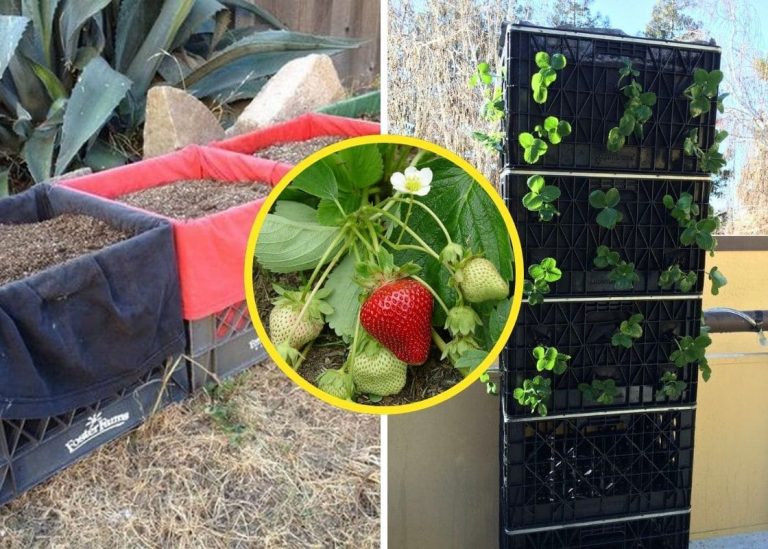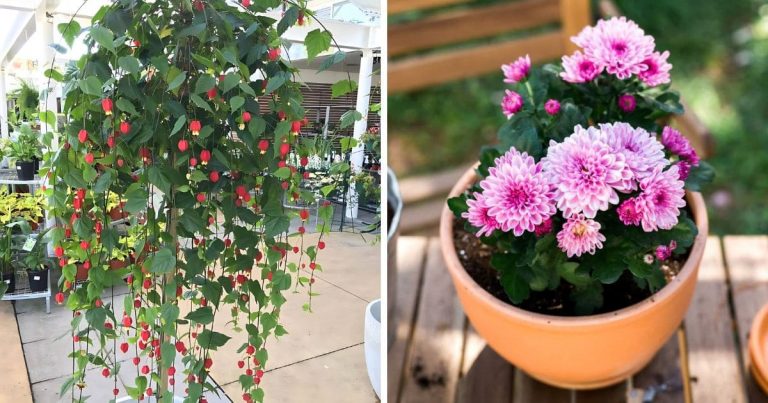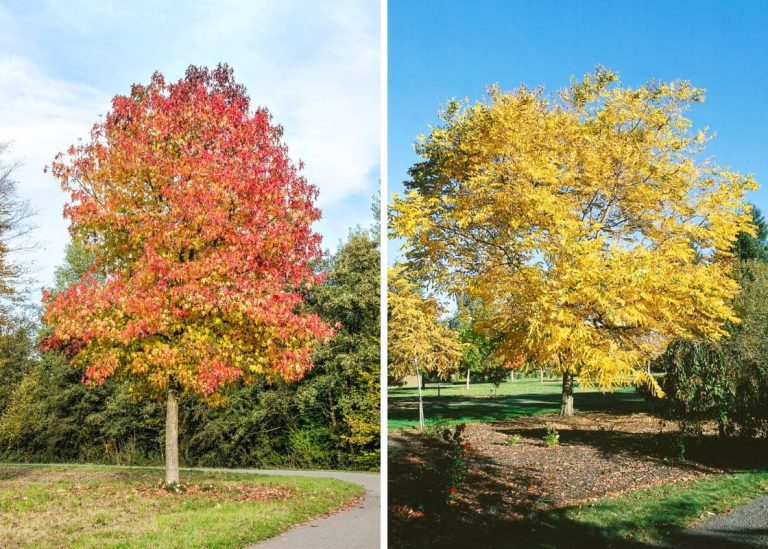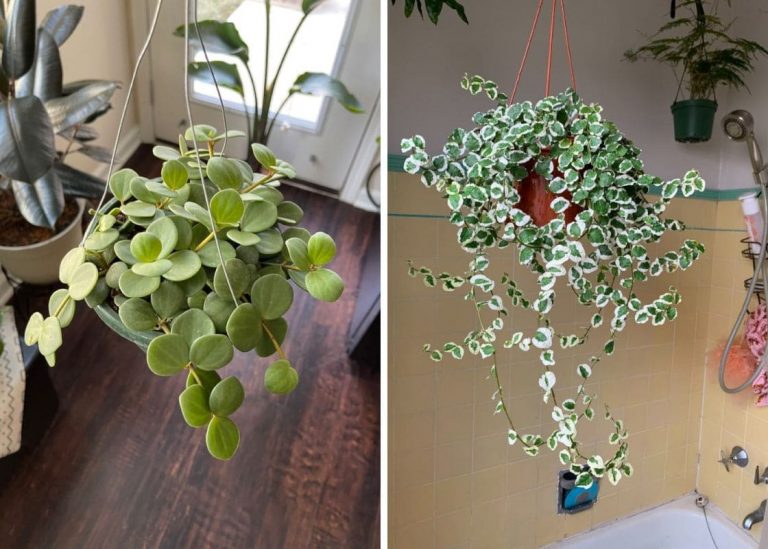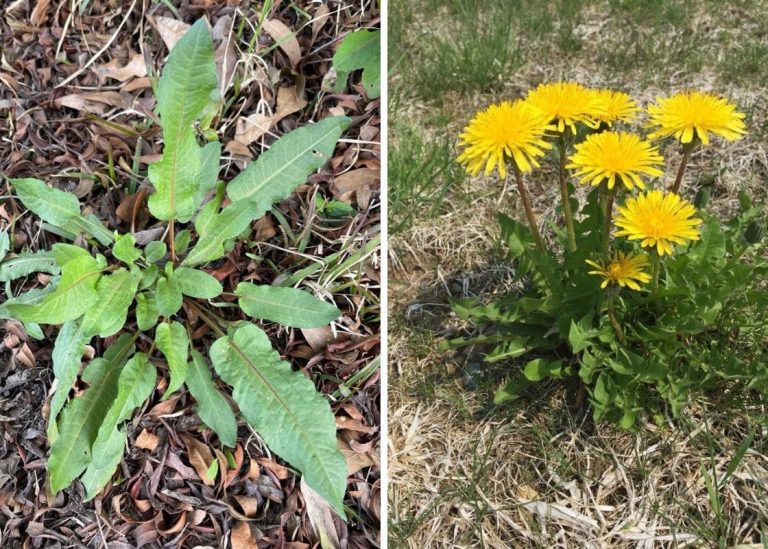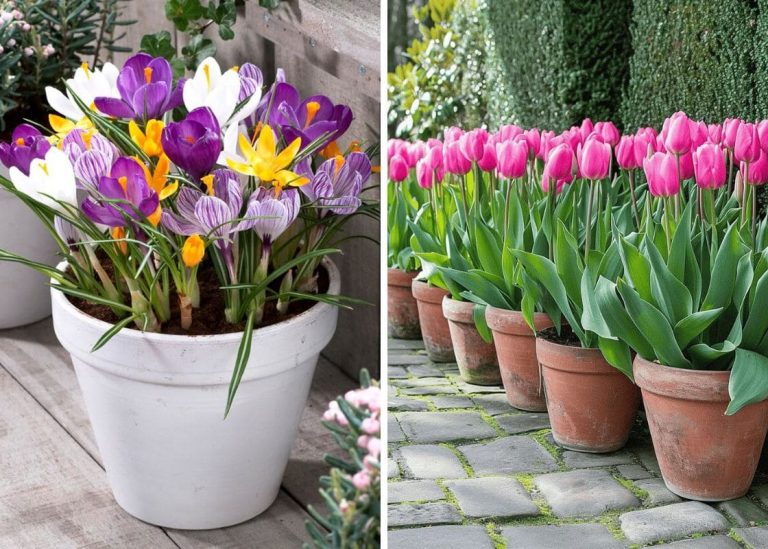Why Are Your Tomatoes Blooming But Not Fruiting And How to Fix It
One day, I was walking between my tomato rows, delighted by all the cheery yellow blossoms dancing in the breeze. But week after week, those blooms stayed just that—blooms. Not a single tomato appeared.
That stretch of time felt like a quiet mystery I had to solve. I asked gardening friends, peeked through local forums, and spent more time observing my plants than I care to admit.
What I discovered was that blooming without fruit isn’t the end—it’s a nudge. The plant is trying. It just needs a few conditions to align. And once they do, those blossoms can surprise you with a comeback so satisfying you’ll want to bottle the feeling.
Temperature Troubles and Solutions
Tomatoes are finicky about temperature. They thrive when daytime temperatures hover between 70–85°F (21–29°C) and nighttime temperatures stay above 55°F (13°C).
If it gets too hot, above 85°F or drops too low, the flowers can wither and fall off without fruit forming.
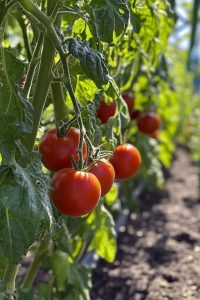
When my plants faced this issue during a particularly hot summer, I used shade cloths to protect them from the scorching midday sun. In cooler weather, I’ve relied on frost blankets to keep them cozy at night.
Pollination Problems and Fixes
Tomatoes need a little help with pollination, especially if there’s not enough wind or insect activity in your garden.
I’ve often found that gently shaking the plants or tapping the flower clusters can mimic natural pollination. On days when I have more time, I use a soft brush to transfer pollen between flowers.
Besides, planting pollinator-friendly flowers like marigolds nearby has also attracted bees and other helpful insects to do some of the work for me.
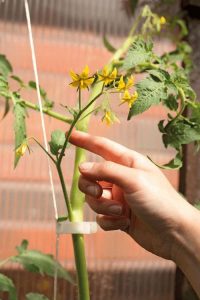
Nutrient Imbalances and Adjustments
Too much nitrogen in the soil can lead to lush, leafy plants but few flowers or fruit. I’ve since learned to use a balanced fertilizer that’s lower in nitrogen and higher in phosphorus, like a 5-10-10 blend.
Phosphorus encourages flowering and fruiting, while excessive nitrogen fuels leafy growth. Feeding your plants every two to four weeks during the growing season can make a world of difference.
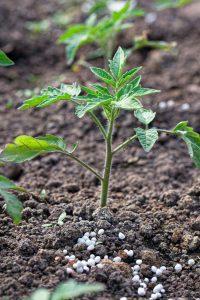
Watering and Stress Management
Tomatoes love consistency, especially when it comes to watering. You should not the soil dry out completely and then overwatering.
I’ve found that watering deeply once or twice a week works best, depending on the weather. In addition, mulching around the base of the plant helps retain moisture and keeps the roots cool, especially during hot spells.
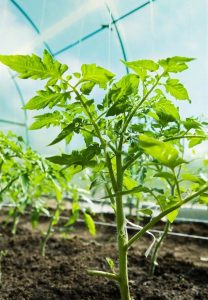
Pruning Practices for Better Fruiting
While pruning is helpful to remove suckers to direct the plant’s energy toward fruit production, over-pruning can harm your plant. You just focus on removing unhealthy or unnecessary growth.
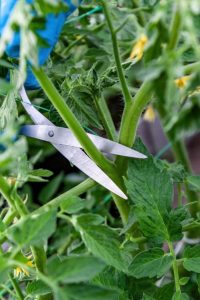
When you address these factors, you’ll start to see improvements in a matter of weeks. Flowers that previously fell off will start developing into small green tomatoes.
However, the most important thing is patience as plants often need time to recover from stress or adapt to new conditions.
Final Thoughts
Tomatoes are generous once they find their rhythm—but they can be fussy until then. Temperature swings, lack of pollinators, or too much nitrogen can all play a role, but none of these challenges are permanent. Every little tweak, from shaking the flowers to changing your fertilizer, brings your garden one step closer to abundance.
Be gentle with yourself through the trial and error. Gardening is rarely perfect, but it is always a lesson in patience and joy. Keep your hands in the soil, your eyes on the blossoms, and let each new tomato feel like a small victory worth celebrating.

